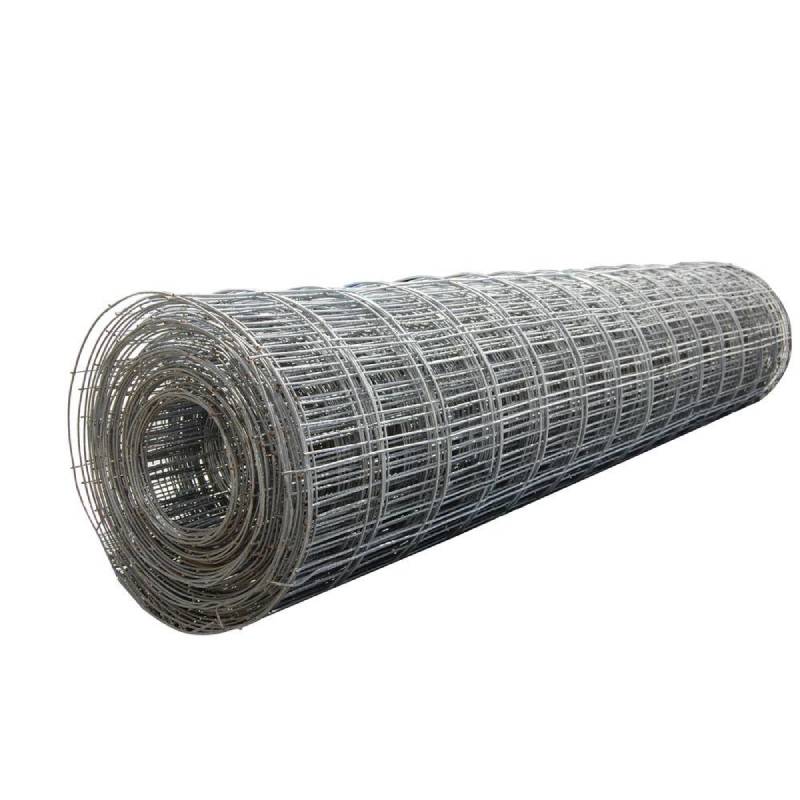
- Mobile Phone
- +8613931874955
- sales@cntcmetal.com
tomato cage plant stand
The Ultimate Guide to Tomato Cage Plant Stands Optimizing Your Gardening Experience
Gardening enthusiasts often seek innovative solutions to enhance their plant growth and maintain the aesthetics of their outdoor spaces. One such essential piece of equipment is the tomato cage plant stand. While primarily designed for supporting tomato plants, these stands can be incredibly versatile, facilitating the growth of various climbing plants and providing structure for your garden. This article explores the benefits, types, and best practices for using tomato cage plant stands.
Benefits of Using Tomato Cage Plant Stands
1. Support and Stability Tomato cage plant stands are specifically crafted to support plants as they grow. Whether you’re cultivating heirloom varieties or cherry tomatoes, these cages prevent the plants from sprawling on the ground, reducing exposure to pests and diseases. This support is crucial, especially during the fruiting phase when plants are heavy with produce.
2. Maximizing Space One of the challenges of gardening, especially in small areas, is maximizing space usage. Tomato cages allow for vertical growth, giving plants the opportunity to reach upward rather than outward. This vertical gardening technique not only saves ground space but also promotes better air circulation, which is essential for preventing fungal diseases.
3. Ease of Maintenance With plants growing upward, it becomes easier to access tomatoes and other fruits without needing to kneel or bend down excessively. This feature is particularly beneficial for gardeners with mobility issues. Additionally, it simplifies tasks such as watering, pruning, and inspecting plants for pests.
4. Enhanced Sunlight Exposure Climbing plants supported by tomato cages receive better sunlight exposure. This exposure is vital for photosynthesis, leading to healthier plants and potentially larger yields. The upright growth style also minimizes shading from surrounding plants, ensuring that each plant receives adequate light.
Types of Tomato Cage Plant Stands
1. Traditional Wire Cages These are the most common type, typically made of sturdy, galvanized steel wire. They come in various heights and diameters, providing ample support for medium to tall tomato plants. The open design allows for easy access while ensuring that plants remain upright.
tomato cage plant stand

2. Folding Cages For gardeners with limited storage space, folding cages are an excellent choice. They can be collapsed when not in use, making them easy to store during the off-season. Despite their collapsible nature, they still provide robust support when deployed.
3. PVC Cages Constructed from lightweight and durable PVC pipes, these cages can be an inexpensive DIY option. They are highly customizable, allowing gardeners to build cages of various sizes to accommodate specific plants. Moreover, PVC is resistant to rust and decay, guaranteeing a long lifespan.
4. Decorative Cages For those who value aesthetics in their gardens, decorative cages are available in various designs and finishes. These cages serve the dual purpose of supporting plants while also enhancing the visual appeal of the garden layout.
Best Practices for Using Tomato Cage Plant Stands
1. Proper Placement When installing tomato cages, ensure that they are placed before the plants become too large. Early placement allows the plants to grow naturally into the cage, promoting healthy growth.
2. Choose the Right Size Select tomato cages that are appropriate for the type of tomato or climbing plant you’re growing. Taller varieties will need higher cages, while smaller or determinate varieties may do well with shorter ones.
3. Secure the Base It’s essential to secure the base of the cage firmly into the ground to prevent tipping, especially in windy conditions. You can use stakes or heavy objects to reinforce stability.
4. Regular Maintenance Routinely check the structure for any signs of wear or instability. As plants grow, it may be necessary to adjust the cage or add additional support to accommodate their needs.
In conclusion, tomato cage plant stands are an invaluable asset for gardeners looking to optimize their plant growth while maintaining a neat and organized garden. By choosing the right type of cage and employing best practices for usage, gardeners can enhance their gardening experience and enjoy bountiful harvests of tomatoes and other climbing plants. Whether you're a gardening novice or an experienced horticulturist, integrating tomato cages into your gardening routine is a surefire way to elevate your green thumb game.
share:
-
Yard Sign Stakes: Reliable Guardians of Outdoor SignsNewsAug.04,2025
-
Wall Ties: Invisible Guardians of Building StabilityNewsAug.04,2025
-
Resilient Web: The Super Guardian Power of Concrete MeshNewsAug.04,2025
-
Masonry Accessories: A versatile assistant on building foundationsNewsAug.04,2025
-
Iron Binding Wire: the 'invisible reinforcement specialist' in the fields of architecture and industryNewsAug.04,2025
-
Dynamic Spring: The diverse functions and excellent performance of Wire Tension SpringNewsAug.04,2025
-
Your Source for Concrete Wall Ties and Masonry AccessoriesNewsJul.10,2025



















